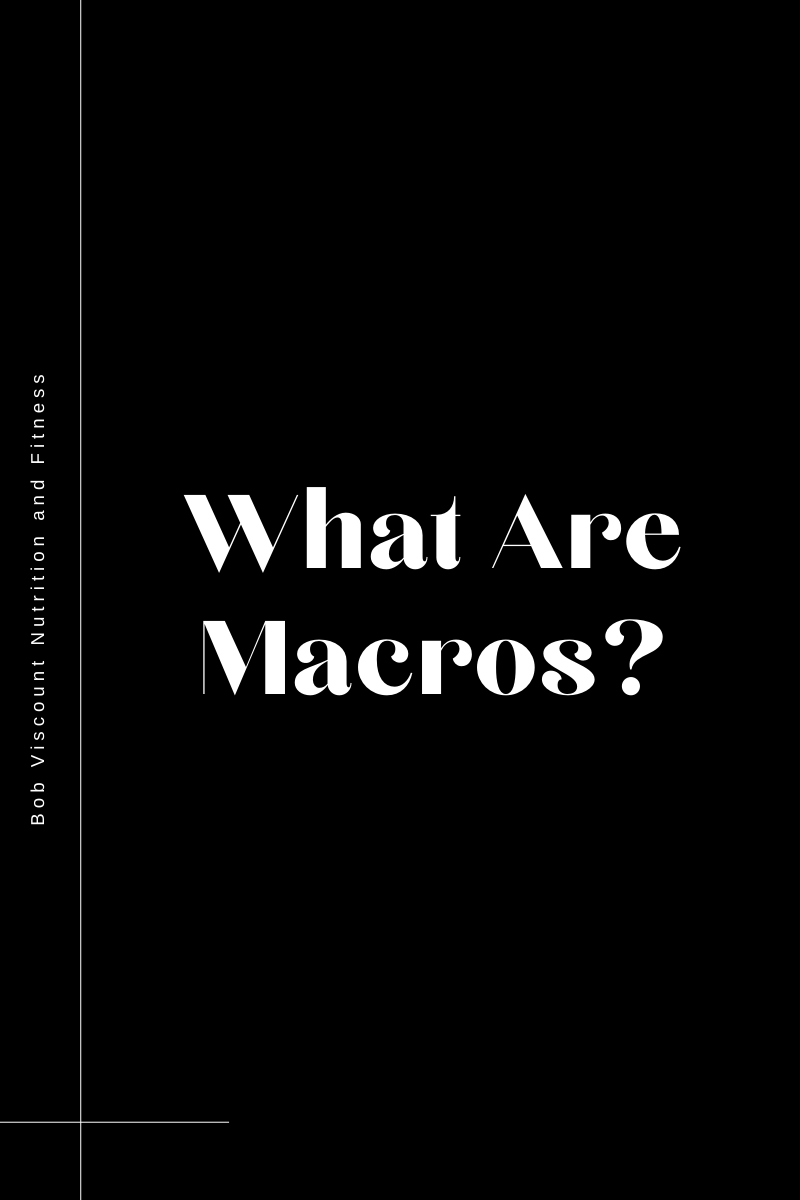Blog posts! Videos! Learning!
I wrote a few blog posts to help you get started. Some have links to videos, others are just words.
If you have any questions, please email me. These are just guides.

Examples of how to eat more protein
If you want to eat more protein but don’t know how, check out this gallery of examples I’ve created. Try adding one or two of these this week and see what you think.

effective communication with your coach
Working with an online nutrition coach offers a lot of flexibility, but it also requires effective communication between both the coach (me) and the client (you). This blog post is going to go over some best practices when it comes to communicating with your coach via messaging in the Apotheo app.

Veggies, fiber, and poop
Vegetables are really important to your diet. I’m going to explain why, and what practical benefits they have for you. And yes, we’ll discuss poop.

How to take measurements and progress photos
If you’re new to nutrition and fitness coaching, progress photos and measurements are a great way to evaluate progress outside of the scale. I’ll go over the basics of where to take the measurements and photos.

What are Macros?
Macronutrients, or macros, are nutrients that you body needs a lot of. They include: protein, carbohydrates, and fat. I’ll break this down in a way that’s easy to understand and apply.

My favorite things
If you’re interested in things I recommend for nutrition and fitness, here’s all of them in one place.

Measuring progress
There are plenty of ways to measure your progress when starting a nutrition plan. These include: the scale, measurements, pictures, your clothes, and energy levels. We’ll work to find a combination of these that work best for you.

The only pages I use in Myfitnesspal
Here’s a simple way to use the MyFitnessPal app to track your macros. I’m going to show you the only parts of the app you really need to be successful.
New to Tracking
If your goal is weight loss, then being in a caloric deficit is the only way to get there. In order to be in a caloric deficit, you have to eat less than you expend. The way you know you’re doing this is by tracking